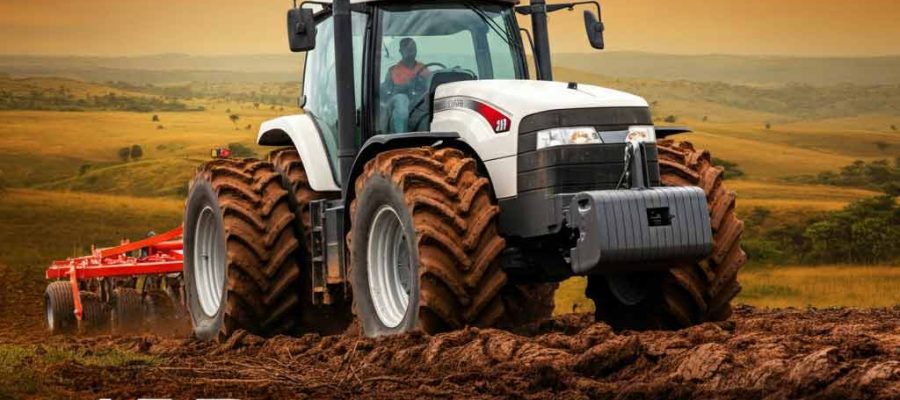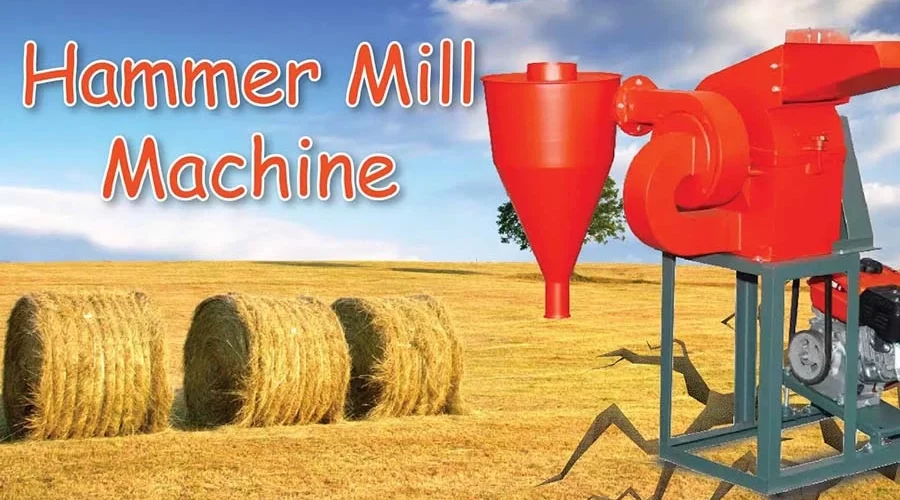
- November 21, 2025
- By: Massey Ferguson Zimbabwe
- in: Agricultural Machinery, Farm Equipment, Massey Ferguson Tractors

Hammer mill is a fundamental piece of equipment in agriculture and various processing industries. Its primary function is size reduction, accomplishing this through a straightforward yet powerful mechanism. For anyone involved in farming, feed production, or waste management, understanding the role and operation of a hammer mill is essential for improving efficiency and output.
At its core, a hammer mill is a steel drum that contains a rotating shaft, which can be oriented either vertically or horizontally. Free-swinging hammers are mounted to this shaft. As the shaft spins at high speed, these hammers repeatedly strike the material fed into the mill. This continuous, high-impact process shatters and pulverizes the material until it is small enough to pass through a perforated screen at the bottom of the chamber.
The final particle size is determined by the size of the holes in this screen. By simply swapping out screens, operators can adjust the output from a coarse grind to a fine powder, making the hammer mill an incredibly adaptable machine.
The versatility of the hammer mill is one of its greatest strengths. On the farm, it is commonly used for milling grains like maize and wheat into coarse flour for animal feed. Its utility extends far beyond the farm gate, with applications including:
Pulp and Paper: Defiberising fluff pulp.
Food Production: Assisting in fruit juice production.
Recycling & Waste: Grinding down wooden pallets into mulch, reducing trim scrap, shredding paper, and processing garden waste.
Construction & Mining: Crushing large rocks and other aggregates.
In a processing line, a hammer mill can serve as a primary crusher for breaking down large items or as a tertiary crusher for producing a final, fine-grained product.
A typical hammer mill system is more than just the crushing chamber. It often includes a set of essential components that ensure smooth and safe operation. These can include:
Motor and Drive: A motor pulley and V-belts transfer power to the rotating shaft.
Foundation: An anti-vibrating foundation stand, often with an adjustable rail for the motor, minimizes operational shaking and noise.
Electricals: For three-phase models, starters, a main switch, an ammeter, and a capacitor are required for safe power management.
Durability Options: For food-grade or corrosive applications, models can be specified with stainless steel 304 or 316 for all parts that contact the material.
To keep a hammer mill running effectively, routine maintenance is key. Regularly check the hammers for wear and inspect the screens for damage or blockages. Monitoring for unusual vibration can help identify potential issues with the foundation or rotating assembly before they become serious. When working with electrical components, always follow proper safety procedures.
When selecting a hammer mill, consider the type of material you will be processing, the required throughput, and the desired final particle size. The ability to change screens easily and the overall durability of the construction are important factors that contribute to the machine’s long-term value and performance.

Post a Comment